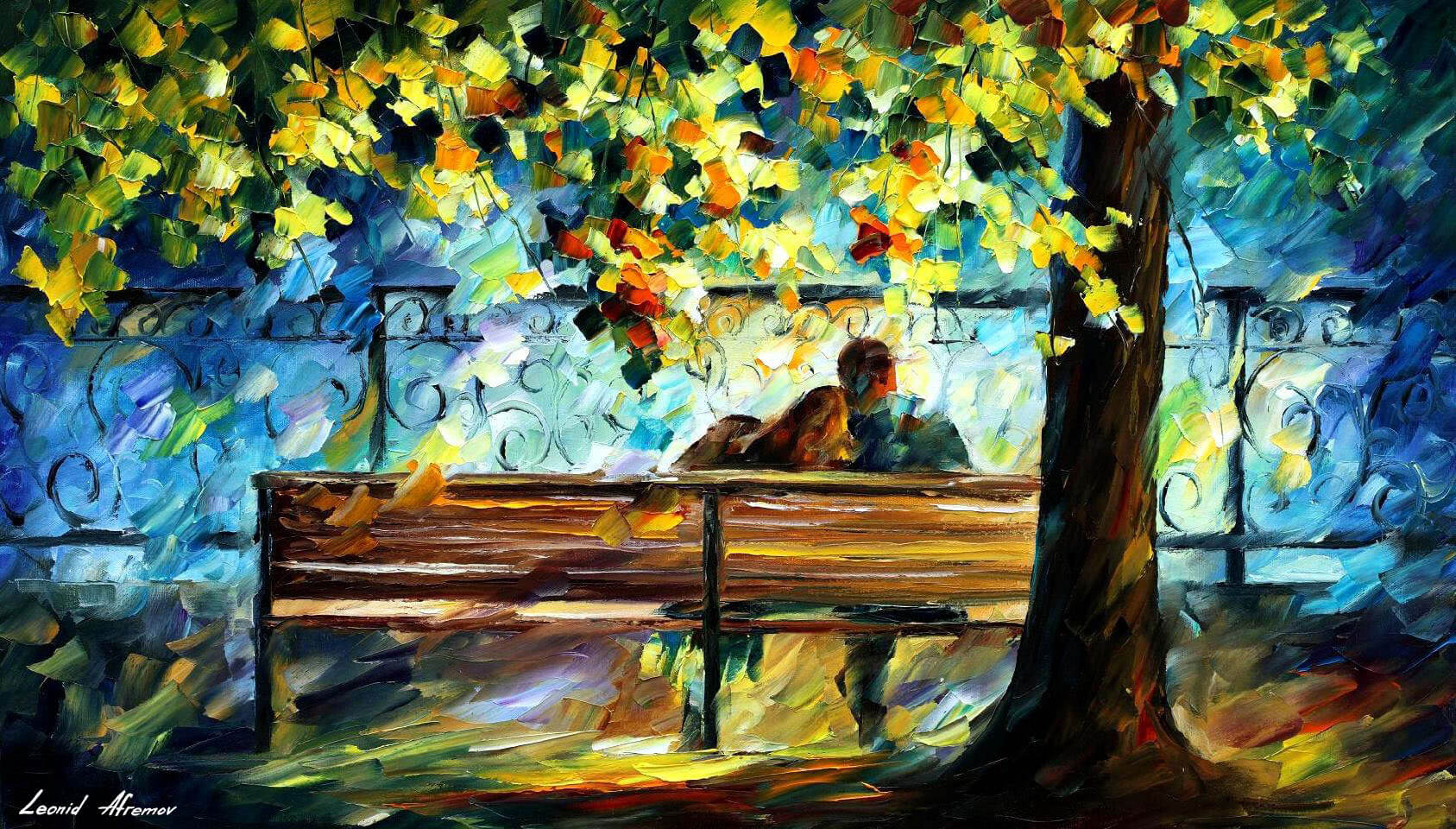La Plaza de España di Siviglia è uno degli spazi architettonici più spettacolari della città e del Regionalismo Andaluso e dell'Architettura Neo-Moresca.
La piazza è situata all'interno del Parco di Maria Luisa, la sua entrata è molto vicina alla rotonda del Cid Campeador, esattamente di fronte all'antica Reale Fabbrica di Tabacco.
La progettazione della piazza venne affidata all'architetto Annibale González, che fu anche direttore dell'Esposizione Iberoamericana di Siviglia del 1929.
Durante la sua costruzione arrivarono a lavorare contemporaneamente più di mille operai.
La superficie totale della piazza è di 50.000 metri quadrati, 19.000 dei quali sono edificati e i restanti 31.000 sono area libera.
Il canale occupa 515 metri di longitudine.
La costruzione dell'opera iniziò nel 1914, e fu terminata nel 1928 sotto la direzione dell'architetto Vicente Traver che subentrò nel 1926 ad Annibale Gonzalez dopo le sue dimissioni.
La costruzione dell'opera iniziò nel 1914, e fu terminata nel 1928 sotto la direzione dell'architetto Vicente Traver che subentrò nel 1926 ad Annibale Gonzalez dopo le sue dimissioni.














